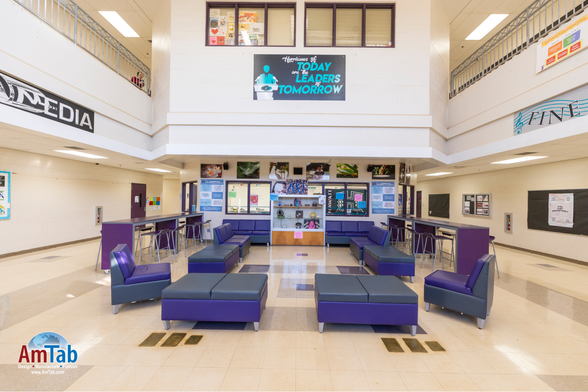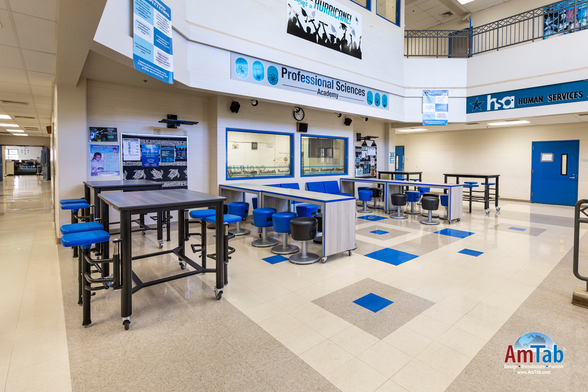This is a link to my latest paper, published in the closing days of 2022. The paper started as a couple of blog posts that I turned into a paper that nearly made an appearance in the Distance Education in China journal before a last-minute regime change in the editorial staff led to it being dropped, and it was then picked up by the OTESSA Journal after I shared it online, so you might have seen some of it before. My thanks to all the many editors, reviewers (all of whom gave excellent suggestions and feedback that I hope I’ve addressed in the final version), and online commentators who have helped to make it a better paper. Though it took a while I have really enjoyed the openness of the process, which has been quite different from any that I’ve followed in the past.
The paper begins with an exploration of the many ways that environments are both shaped by and shape how learning happens, both online and in-person. The bulk of the paper then presents an argument to stop using the word “environment” to describe online systems for learning. Partly this is because online “environments” are actually parts of the learner’s environment, rather than vice versa. Mainly, it is because of the baggage that comes with the term, which leads us to (poorly) replicate solutions to problems that don’t exist online, in the process creating new problems that we fail to adequately solve because we are so stuck in ways of thinking and acting due to the metaphors on which they are based. My solution is not particularly original, but it bears repeating. Essentially, it is to disaggregate services needed to support learning so that:
- they can be assembled into learners’ environments (their actual environments) more easily;
- they can be adapted and evolve as needed; and, ultimately,
- online learning institutions can be reinvented without all the vast numbers of counter-technologies and path dependencies inherited from their in-person counterparts that currently weigh them down.
My own views have shifted a little since writing the paper. I stick by my belief that 1) it is a mistake to think of online systems as generally analogous to the physical spaces that we inhabit, and 2) that a single application, or suite of applications, should not be seen as an environment, as such (at most, as in some uses of VR, it might be seen as a simulation of one). However, there are (shifting) boundaries that can be placed around the systems that an organization and/or an individual uses for which the metaphor may be useful, at the very least to describe the extent to which we are inside or outside it, and that might frame the various kinds of distance that may exist within it and from it. I’m currently working on a paper that expands on this idea a bit more.
Abstract
In online educational systems, teachers often replicate pedagogical methods, and online institutions replicate systems and structures used by their in-person counterparts, the only purpose of which was to solve problems created by having to teach in a physical environment. Likewise, virtual learning environments often attempt to replicate features of their physical counterparts, thereby weakly replicating in software the problems that in-person teachers had to solve. This has contributed to a vicious circle of problem creation and problem solving that benefits no one. In this paper I argue that the term ‘environment’ is a dangerously misleading metaphor for the online systems we build to support learning, that leads to poor pedagogical choices and weak digital solutions. I propose an alternative metaphor of infrastructure and services that can enable more flexible, learner-driven, and digitally native ways of designing systems (including the tools, pedagogies, and structures) to support learning.
Full citation
Dron, J. (2022). On the Misappropriation of Spatial Metaphors in Online Learning. The Open/Technology in Education, Society, and Scholarship Association Journal, 2(2), 1–15. https://doi.org/10.18357/otessaj.2022.2.2.32
Originally posted at: https://landing.athabascau.ca/bookmarks/view/16550401/my-latest-paper-on-the-misappropriation-of-spatial-metaphors-in-online-learning
#behaviour #boundary #design #digital-system #education #environment #learning #learning-environment #metaphor #network #service #structure #teaching #tech
https://jondron.ca/my-latest-paper-on-the-misappropriation-of-spatial-metaphors-in-online-learning/




